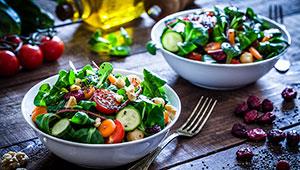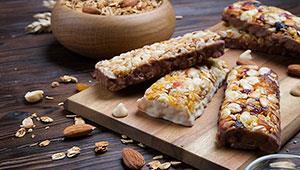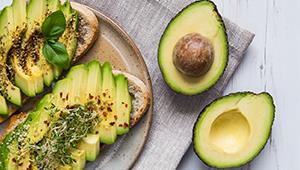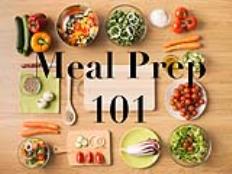Onions
Value: Aside from their health benefits, they add amazing flavor to almost all foods
Nutrients: Onions belong to the lily family, the same family as garlic, scallions and leeks. A half cup is a good source of vitamin C (5.9mg, 10 percent of the recommended daily value). A half cup of onion is also a source of potassium, calcium, magnesium, phosphorus and dietary fiber.
Health Perks: Onions contain more quercetin than any other common fruit or vegetable. “This potent antioxidant has been linked to a reduction in the risk of heart disease, Alzheimer's, prostatitis and a variety of cancers (such as prostate and lung cancer). One Finnish study also found that men who ate the most foods high in quercetin had 60 percent less lung cancer, 25 percent less asthma and 20 percent less diabetes and heart disease deaths than the general population,” says Nicholas D. Gillitt, Ph.D., a nutrition researcher at Dole Nutrition Institute.
In addition to quercetin, onions contain the phytochemicals known as disulfides, trisulfides, cepaene and vinyl dithiins, all of which are known for their anti-cancer and anti-microbial properties. And, according to researchers at University of Wisconsin-Madison, onions also show anti-platelet activity (platelet accumulation is linked to heart disease), and they also may protect against gastric ulcers by preventing growth of Helicobacterpylori, a microorganism.
Finally, onions, like leeks, contain inulin, a probiotic fiber that can selectively improve the proportion of good bacteria in the colon. “These ‘good’ gut bugs, as well as providing a physical barrier to infection, have been linked to improved absorption of important minerals like calcium and magnesium,” says Gillitt.
Nutrition Stats: Serving size: 1/2 cup chopped (80g), 32 calories, 0.08g fat, 7.47g carbs, 1.4g dietary fiber, 0.88g protein.
How to Buy: According to chef and food expert Aliza Green, a Philadelphia-based cookbook author, journalist and chef, you should “look for onions that are dry, firm and shiny, with thin skin. The necks should be tightly closed, with no sprouts emerging. Green sprouts are a sign of age and an indication that the onion sprouts will taste bitter. The outer skins should be papery and shiny, with a crackly feel, and can be loose or tightly fitting.” Additionally, according to Green, “Onions should smell mild, even if their flavor is not. Avoid those with green areas or dark patches.”
Examine the sprout end of Italian red onions: It is often sunken, and this is where the first signs of spoilage show. Avoid any onions with soft, deeply sunken tops and any black mold.
How to Store: Onions should be stored in a loosely woven bag not plastic in a cool, dark, dry and well-ventilated area, usually the refrigerator. For longer storage, wrap each onion separately in foil and refrigerate. Do not store onions under the sink or with potatoes, because potatoes give off moisture that can cause onions to spoil.
- 1
- of
- 2
About the Author









Discuss This Article